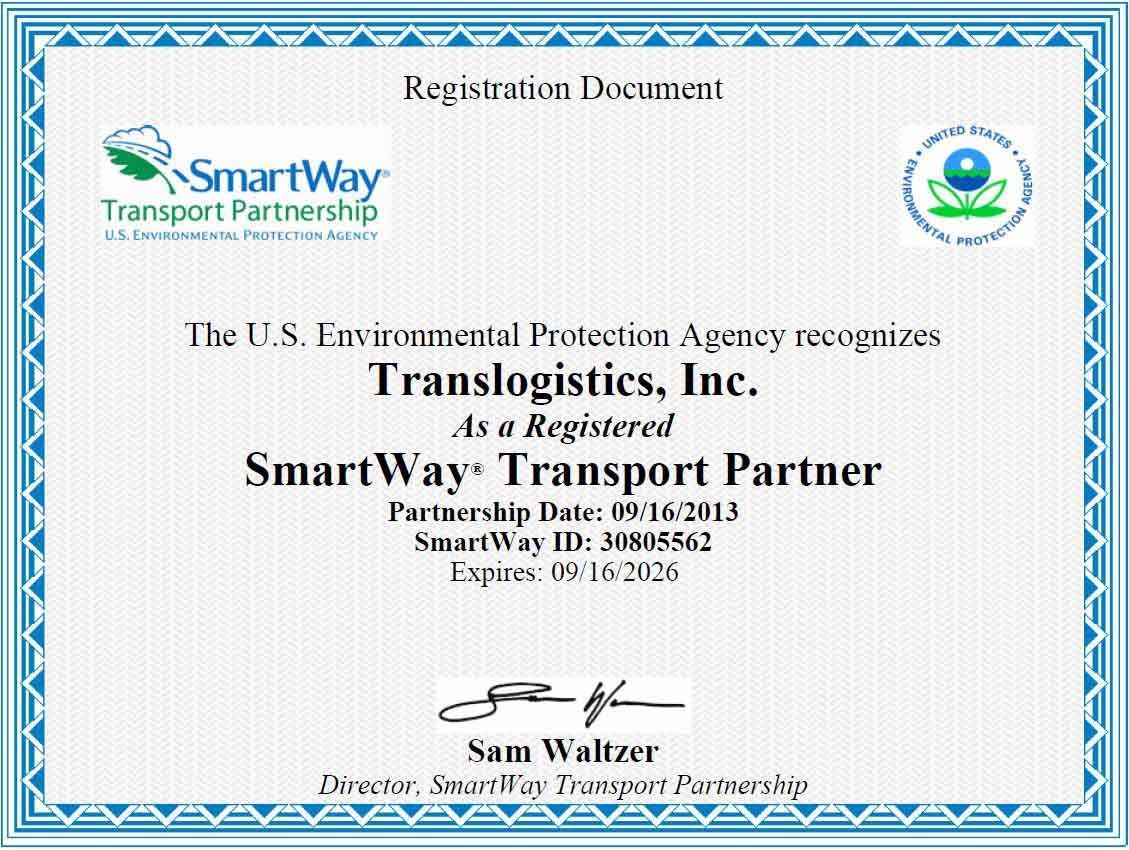What Are Cubic Capacity Surcharges?
Cubic Capacity Rule
One of the most mysterious surcharges for shippers is the 'cubic capacity rule'. This article will provide clarity for shippers to understand and avoid the 'minimum cubic capacity rule.'
What does it mean to be hit with cubic capacity surcharges?
Some commodities that are very light in weight but take up a great deal of linear feet on a trailer do not operate efficiently for LTL carriers, so the carriers protect themselves by imposing the minimum cubic capacity rule.
The carriers are not all consistent with each other in their rules and some carriers may even have different cubic capacity rules for different customers through various contract structures. At TLI, the most popular cubic capacity rule observed is:
If a shipment fills more than 750-cubic feet & the shipment maintains a density of less than six-pounds per cubic foot.
How do you avoid being hit with a cubic capacity surcharge?
If you are a shipper and have a shipment 6 pallets or greater being routed in the LTL network it is important to ask a TLI customer service expert to investigate it prior to routing so you do not get hit with this surcharge. At TLI we have an entire Mode Ops Team who are dedicated to handling the shipments that fall under these parameters.
How do you calculate cubic-feet?
Cubic Feet Formula:
Height x Width x Length = Cubic Feet
TLI offers shippers a free online density calculator which will determine your cubic feet and also the density pounds per cubic foot. Simply after entering your pallet count, weight, and dimensions you can see if the total summation in cubic feet is greater than 750, and if the pcf is less than 6lbs.
Want to learn resourceful tips when it comes to cubic capacity? Expand on each recommendation for insight!
6 Recommendations for Shippers
Are you a new shipper? Utilize an experienced Third-Party Logistics company like Translogistics, as we can fully manage your supply chain to protect you from surcharge penalties.
Cubic Capacity Form Fill
TLI Insights
Get the latest logistics insights and tips from TLI's award-winning team. Stay ahead in transportation planning.
Questions? Email us at marketing@shiptli.com



